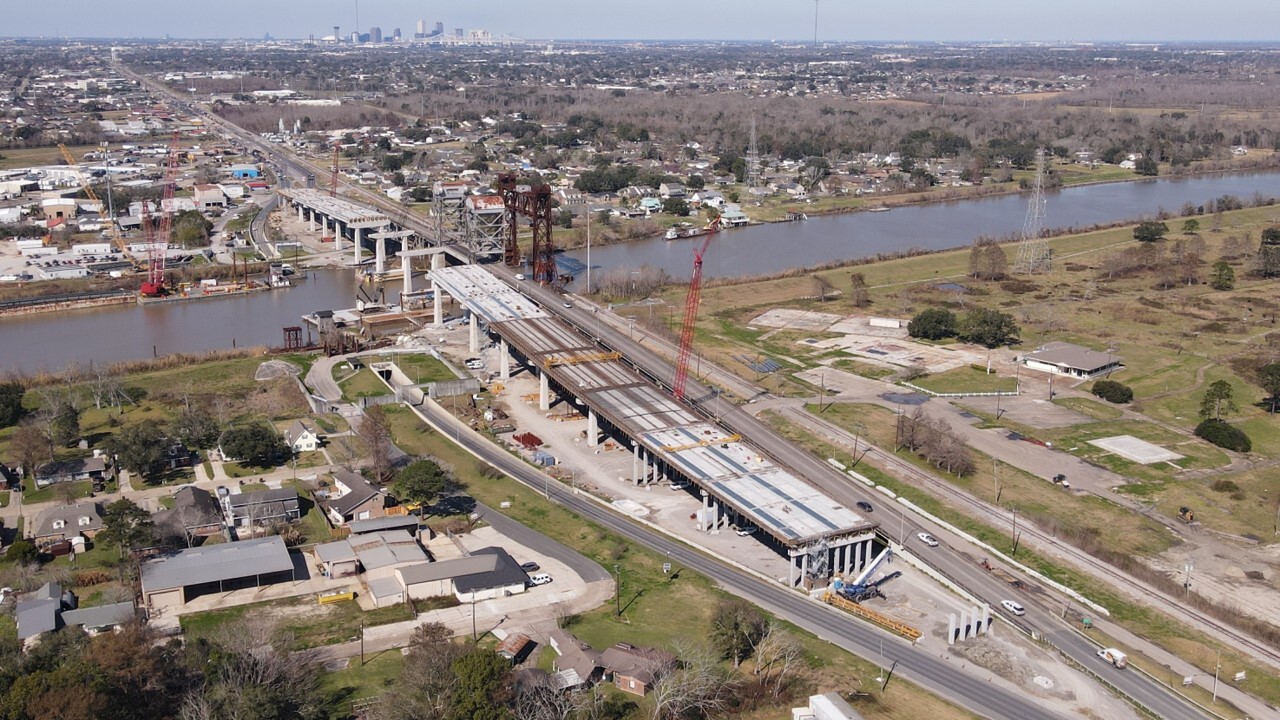SAN FRANCISCO — California school district bonds are back in the spotlight after an audit found poor oversight of school construction bond money awarded by the state.
The audit focused on $7 billion of bond money handed out through the state administrator of school construction bond funds. It found that billions of dollars of bond proceeds spent on projects considered to have a high risk of misuse of funds went unchecked, according to the report by the state Department of Finance.
Earlier this year, local government officials and state Attorney General Kamala Harris raised concerns about the misuse of bond funds and certain debt financing structures employed by some school districts.
The Finance Department conducted the audit from April 2010 through January 2011 on Proposition 1D bond funds overseen by the Office of Public School Construction through the state facilities program.
The facilities program provides funds for building and upgrading K-12 schools. The State Allocation Board hands out the bond money through the the school construction program.
“Although OPSC has established accountability processes and controls for Proposition 1D bond funds, a number of these controls are either not implemented or not working as intended,” the audit report said. “These issues, if left unresolved, will continue to adversely affect bond accountability.”
The Department of Finance is tasked with making sure agencies spend and oversee funds correctly.
According to the report, the Office of Public School Construction only audited 6% of 744 construction projects that had a high risk of misuse over roughly a one-year period, leaving $4 billion of costs unaudited, according to the audit report that was released in June but has received little media attention.
The OPSC has a model to determine the risk of a projects wasting money. High-risk projects require an on-site financial audit.
The audit found that during its review of 26 projects the office handed out $43.9 million without proper documentation or verification.
It also discovered that more than half of the project costs reported by schools had been rejected by the OPSC because of excessive billing, poor cost estimates or unrelated costs.
The Finance Department found that more than $15 million of outstanding debts went uncollected, while bond proceeds were still handed out to some schools with outstanding bills with the OPSC.
The audit report also raised concerns about the reliability of $5.9 billion in project savings claimed by the state administrator because of unenforced and unverified annual reporting by California school districts.
In response to the audit, Lisa Silverman, acting executive officer for the OPSC, said in a letter that her agency would work to fix the problems.
“The Department of General Services believes that the audit findings have merit and we are taking steps to address each of the recommendations,” said Gretchen Zeagler, a spokeswoman for the department, which oversee the OPSC.
Zeagler said the school construction office is currently working on a plan to correct the problems, which will be released next month.
The Finance Department said in the report that the OPSC attributed the lack of oversight to a lack of staff.
Silverman noted the State Allocation Board has approved more than $32 billion of funding for 11,000 projects, including $3 billion for 1,000 projects in 2010.
The report said challenges exist because both the OPSC and the State Allocation Board govern the program. It said a joint plan to tackle the problems should be created.
These are not the first concerns about misuse of bond money by school districts.
Earlier this year, Attorney General Harris warned school bond financiers not sell debt at a premium in order to raise cash up front to pay the cost of bond issuance and interim financing.
Harris said in a letter about a proposed bond issue by the Poway Unified School District that diverting bond premium and artificially inflating interest rates to generate a premium is illegal. She said the district would incur more debt than voters had authorized.
According to the letter, California law is clear that any premium, “even if legitimate,” must be deposited into a special fund and applied to pay debt service.
Bond industry professionals have said the practice had been routine for years, even decades.
This was not the first time a California attorney general has taken an interest in school bond premiums.
In January 2009, Attorney General Jerry Brown, now governor, issued an opinion finding the practice of “cash-out refundings” violated the state’s constitution.
The practice involved school districts selling refunding bonds at a premium above par to generate additional proceeds for school bond projects, rather than refunding for debt-service savings passed on to the property taxpayers who pay the debt service on the bonds.
In May, Los Angeles County Treasurer and tax collector Mark Saladino warned bond attorneys, underwriters and advisers to stop school bond practices that he said hurt taxpayers.
He said his office had witnessed schools using bond proceeds to pay for cash-flow needs and using “exotic” debt structures declared illegal by the attorney general.
The treasurer said the new deals began to appear as falling property values cut into school district tax revenues.
Saladino said the use of school construction bonds for things other than debt service and the use of capital appreciation bonds with 40-year maturities raised red flags.
He also questioned the use of joint-powers authorities to issue bonds beyond limits approved by voters. Voters must approve local GO bonds in California in elections that authorize special property taxes to back the debt.





